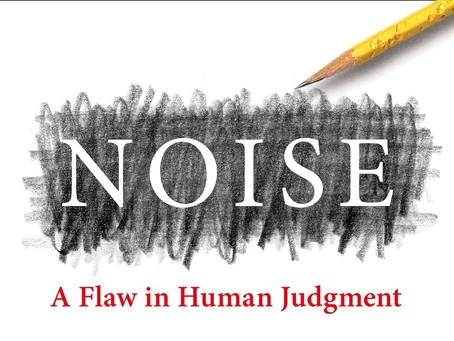Not all data are created equal
Hospitals and clinics have been collecting data about patients, doctors, devices and much more for years, in some cases even decades. So by now, we should have so much data, that we should be able to investigate how often patients are harmed and why, the extent of unwarranted variation from best practice, learn from every patient experience, find where resources are wasted and improve care all the time right? Sadly, the answer is a resounding 'NO'.
In reality, hospital data are generally not available for such use. There are many reasons including:
- Patient data are arranged in databases designed to support care (i.e. one patient record at a time). Research is driven by aggregate data. Data aggregation can put unacceptable loads on electronic health record systems that would disrupt care, rather than support it.
- Too much variation within and between hospital systems makes it hard to compare like for like in large aggregations of patient data.
- Data are often arranged in multiple databases reflecting different departments in a single facility - patient charts, pathology systems, radiology records, billing records and more are used to record patient data.
- Much data are unstructured, making it hard to create meaningful statistical summaries of them.
Evidentli's Piano uses AI to automatically extract, clean, give structure and re-organize data, sometimes using machine learning, sometimes using Natural Language Processing, and sometimes using other methods to solve the above problems and enable hospitals to learn from data. Contact us or book a demo to find out more.
Further reading: The perils of 'dirty data'







Leave a Reply
Comments, questions or queries? Let us know!"